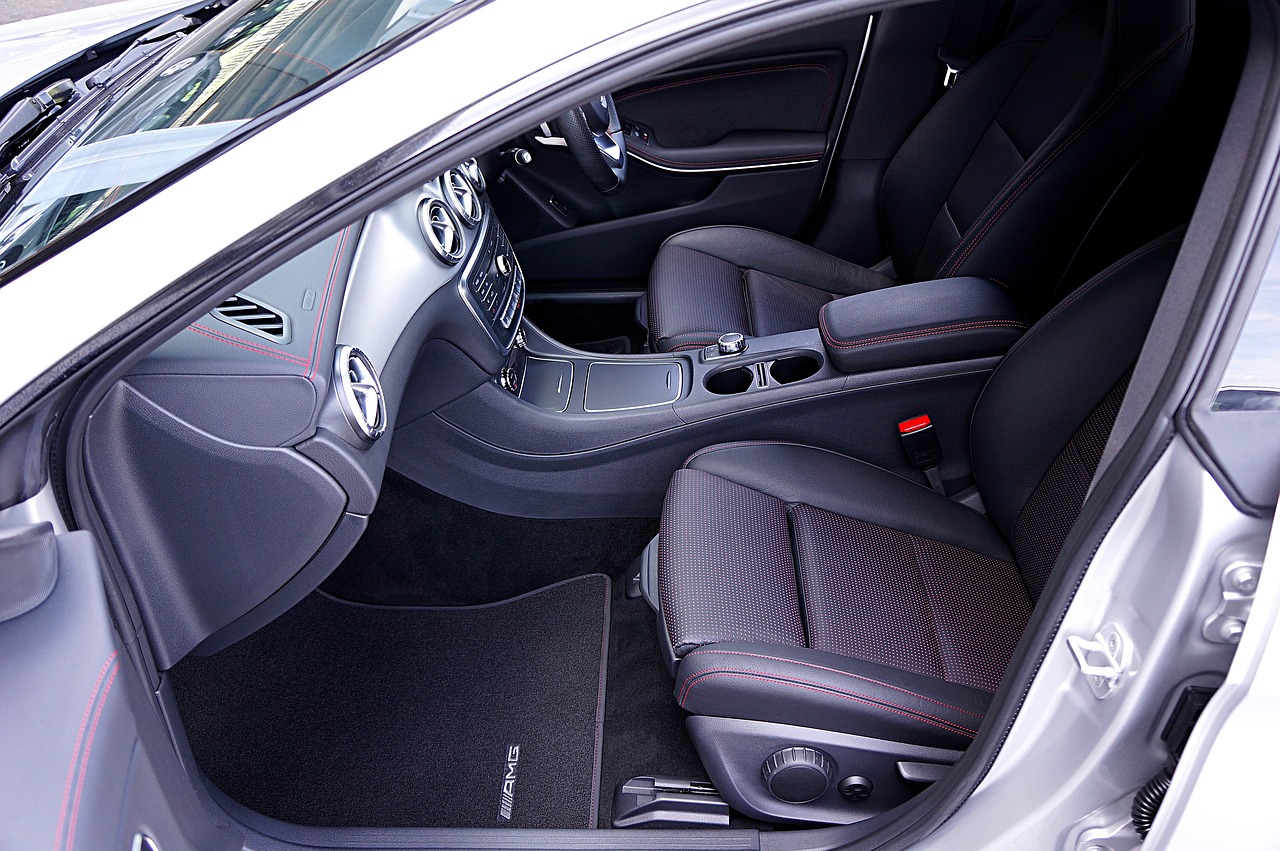Connectivity in Cars: From Bluetooth to 5G
Wireless connectivity in cars has become a standard feature in modern vehicles, allowing drivers and passengers to stay connected while on the go. One of the popular options is Bluetooth connectivity, enabling hands-free calling and audio streaming from mobile devices directly to the car’s audio system. This makes it convenient for drivers to make or receive calls without taking their hands off the wheel.
Another common wireless connectivity option in cars is Wi-Fi hotspot capability, which turns the vehicle into a mobile hub for internet access. This feature allows passengers to connect their devices to the internet while on the road, making long trips more enjoyable and productive. With the increasing demand for connectivity in vehicles, car manufacturers are continuously upgrading their wireless technology to offer a seamless and efficient user experience.
Evolution of In-Car Connectivity
In recent years, the evolution of in-car connectivity has been nothing short of revolutionary. The integration of advanced technologies into vehicles has transformed the driving experience, offering a wide range of features that enhance convenience, safety, and entertainment for drivers and passengers alike. From basic Bluetooth connectivity for hands-free calling to sophisticated infotainment systems that provide real-time navigation and access to music streaming services, cars have become more than just a mode of transportation.
As technology continues to advance at a rapid pace, the possibilities for in-car connectivity are seemingly endless. With the rise of autonomous driving capabilities and the Internet of Things (IoT), vehicles are becoming increasingly interconnected with other devices and systems, paving the way for a future where cars will be able to communicate with each other and the surrounding infrastructure. The evolution of in-car connectivity is not just about convenience; it is also about improving safety on the roads and creating a more seamless and integrated driving experience for all.
Benefits of Connectivity Features in Vehicles
With the advancement of technology, connectivity features in vehicles have become more prevalent and sophisticated. These features offer numerous benefits to both drivers and passengers, enhancing the overall driving experience. One major advantage is the ability to stay connected while on the go, allowing for hands-free communication and access to important information without distracting from driving.
Moreover, connectivity features in vehicles provide added safety through features like GPS navigation, real-time traffic updates, and emergency assistance. These tools not only help drivers navigate more efficiently but also provide peace of mind in case of emergencies or unexpected situations on the road. Overall, the integration of connectivity features in vehicles is transforming the driving experience and making journeys more convenient and secure for everyone on board.
• Hands-free communication allows for safe driving
• Access to important information without distractions
• GPS navigation for efficient travel
• Real-time traffic updates for smoother journeys
• Emergency assistance for peace of mind
• Overall transformation of the driving experience
What are some examples of wireless connectivity options in cars?
Some examples of wireless connectivity options in cars include Bluetooth pairing for hands-free calling, streaming music, and accessing navigation services.
How has in-car connectivity evolved over time?
In-car connectivity has evolved from simple radio systems to include features like Apple CarPlay, Android Auto, and Wi-Fi hotspots for seamless integration of smartphones and other devices.
What are the benefits of connectivity features in vehicles?
Some benefits of connectivity features in vehicles include improved safety through hands-free communication, enhanced entertainment options, and convenient access to navigation services for a more enjoyable driving experience.







